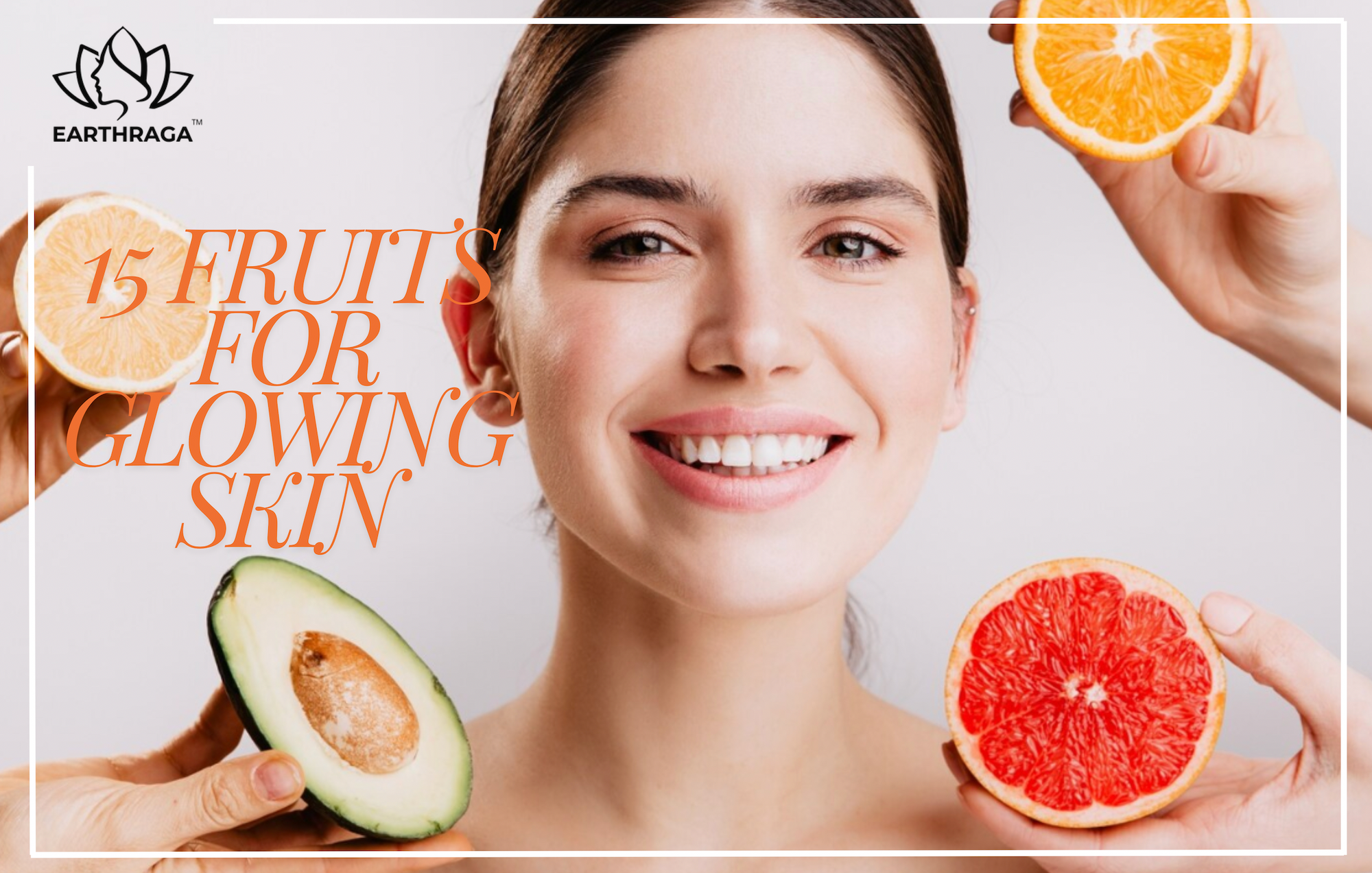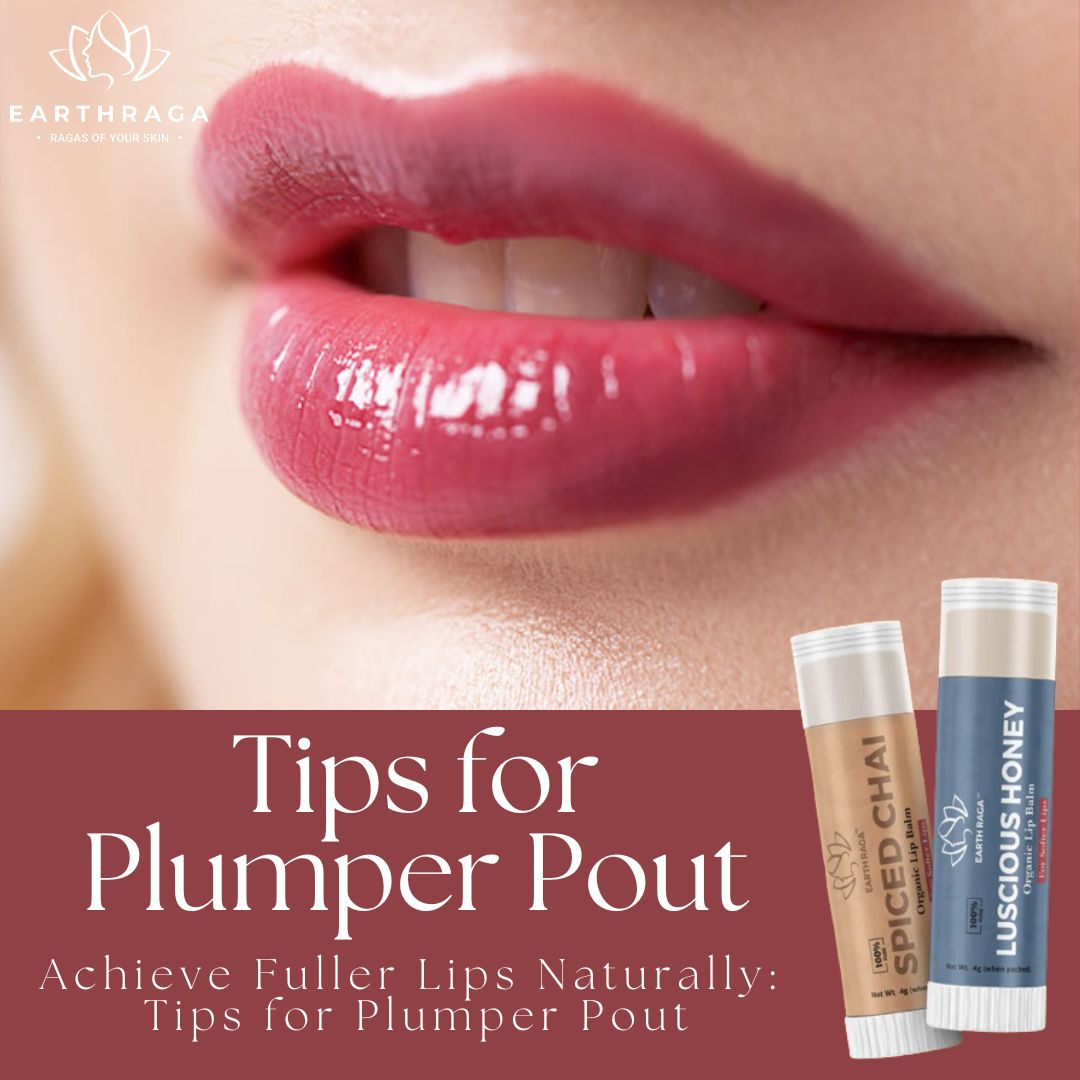Are the pesky white flakes on your shoulder making you feel hopeless? Has dandruff become a never-ending struggle for you? We get it! Dandruff can be really stubborn! No one likes these white flakes as they can be an embarrassment in daily life. But do you know what are the causes of dandruff in hair? Or why people of all ages are affected by dandruff? Let’s get to the roots, and find the common causes of dandruff in hair.
What is Dandruff?
Dandruff is characterized by the excessive shedding of dead skin cells from the scalp. Dandruff often appears as visible white or yellow-colored flakes on the shoulders and hair. So if you are scratching your scalp and see white flakes on your shoulder you are suffering from dandruff!
Fortunately, dandruff is not a serious medical condition, but it can be irritating and embarrassing and can lower one's self-esteem.
However, dandruff, or in its more severe form, seborrheic dermatitis, can be brought on by a combination of extrinsic factors like weather, pollution exposure, diet, genetic makeup, and more. (1) Let us look at some of the common causes of dandruff in hair.
What are the Causes of Dandruff in Hair
Dandruff is a skin condition of the scalp and several factors can contribute to the development of dandruff.
#1 Oily Scalp
Malassezia is a naturally occurring yeast on the scalp that thrives most in an oily scalp. When this yeast overgrows due to excess oil, it releases irritants that accelerate the turnover of skin cells. The visible flakes that result from this accelerated skin cell production are dandruff. (2)
Dandruff on the scalp can clog hair follicles and aggravate other scalp problems like fungal infections, psoriasis, or eczema. (3)
#2 Dry Skin
Just like an over-oily scalp, a dry scalp can also cause acute dandruff. When the skin is dry, the scalp gets flaky and irritated. Multiple factors can contribute to a dry scalp, including the type of shampoo or styling products you use, weather, and the aging process itself. The dryness encourages the growth of the Malassezia fungus resulting in dandruff flakes.
#3 Scalp Psoriasis
A common cause of dandruff is scalp psoriasis which happens with an accumulation of extra skin cells on the skin's surface. Individuals with this auto-immunie disease, psoriasis, experience dry, irritated, and flaky skin in certain parts of their body including the scalp. (4)
#4 Seborrheic Dermatitis
Dandruff on the scalp is a common symptom of a skin condition called seborrheic dermatitis. It is distinguished by an excess of oil production, fostering the growth of the Malassezia fungus. The imbalance leads to inflammation, itchiness, and the familiar white flakes associated with dandruff. (5)
#5 Poor Hair Hygiene
Did you know, that poor hygiene is often a cause for dandruff in hair? Skipping baths, not washing hair and scalp for weeks, or using hair care products with harsh chemicals can lead to dandruff. When you wash your hair, ensure to cleanse the scalp, residues of hair care products often lead to build-ups causing dandruff.
#6 Diet and Nutrition
While being less common, a poor diet can impact scalp health and lead to dandruff. Include a balanced diet with proteins, vitamins, and minerals for good scalp health and strong hair.
#7 Aging
As we age, our skin gets dry due to the decline in our skin's natural oil production. This may also affect the scalp, which would provide an unfavorable environment for the turnover of skin cells. Dandruff may result from the scalp overcompensating by producing an excessive amount of oil in response to dehydration. Furthermore, aging-related hormonal changes can affect the health of the scalp and promote the growth of dandruff.
Dandruff Symptoms
Beyond the visible flakes, dandruff can cause additional symptoms, including:
- Itching
- Redness of the scalp
- Flaking skin on eyebrows or other parts of the body
Managing Dandruff
Dandruff treatment, thankfully can be done easily at home.
- Dandruff Shampoos: Look for anti-dandruff shampoo containing active ingredients like salicylic acid, tea-tree oil, and D-panthenol. These ingredients help control the growth of Malassezia fungus.
- Gentle Cleansing: Avoid using harsh chemical-laden shampoos and or wash hair with hot water, as they can dry out the scalp.
- Diet and Lifestyle: A balanced diet and adequate hydration can contribute to overall scalp health.
Now that you know the causes of dandruff in hair, and how to treat them, you must also remember that consistency is the key. It may take weeks to see the improvement once you start using an anti-dandruff shampoo or DIY home remedies. By understanding the underlying causes of dandruff in hair and implementing appropriate treatment, you can effectively manage dandruff and regain the confidence to flaunt your hair.
References:
- https://nationaleczema.org/eczema/types-of-eczema/seborrheic-dermatitis/
- https://www.ncbi.nlm.nih.gov/pmc/articles/PMC4533528/
- https://www.medicalnewstoday.com/articles/152844
- https://my.clevelandclinic.org/health/diseases/22828-scalp-psoriasis
- https://www.mayoclinic.org/diseases-conditions/seborrheic-dermatitis/symptoms-causes/



